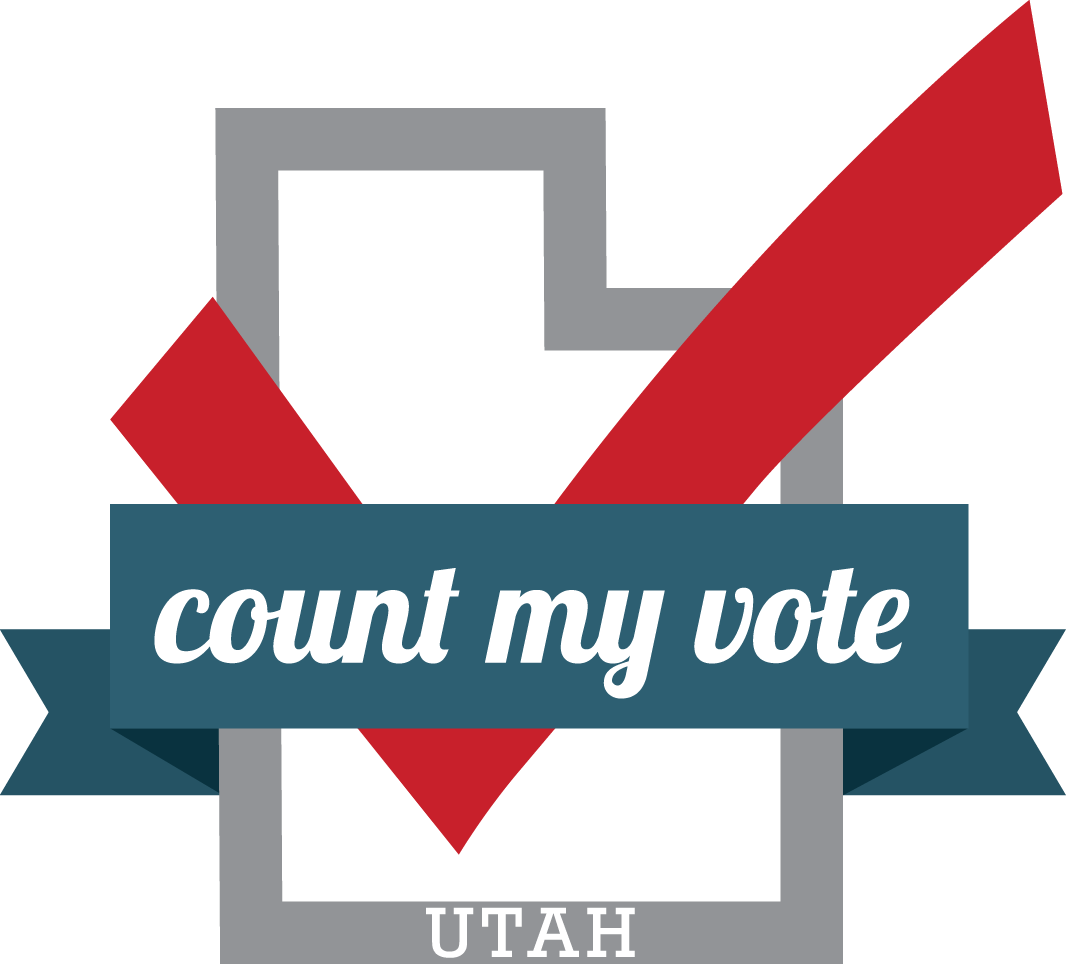Our Purpose
Caucus Convention
For most of its history, Utah has used a caucus convention system to nominate candidates for elected office. Today, Utah is one of only a small handful of states that still uses caucuses and conventions.
We previously worked with lawmakers to enact SB54 in 2014. Prior to that bill passing, Utah was the only state in the nation that didn’t require primary elections for statewide or congressional offices regardless of caucus convention outcomes.
When the caucus convention path was originally established, the Utah Democratic and Utah Republican parties stipulated that if a candidate obtained 80 percent or more of the delegates’ votes at convention, he or she was declared the nominee without a primary.
This long-standing, 80 percent convention threshold to nominate a candidate without a primary was lowered by both major political parties in Utah to 70 percent in the early 1970s.
In 1996, the Utah Democratic Party lowered the 70 percent threshold to 60 percent. Utah Republicans made the same change in 1999.
Voter Turnout
From 1960 to 1998, Utah's voter turnout was always above the national average. From 1998 to 2012, Utah's turnout was near or below the national average. In 1960, over 78 percent of Utah voters went to the polls.
In 2012, only 51 percent of Utah's voting age population cast a ballot, ranking Utah 39th nationally in voter turnout.
Had the original 80 percent threshold been in place at Utah’s Democratic and Republican conventions during the years 2002-2010, Utah would have held five more primary elections and four primary elections would have had more than two candidates on the ballot.[i]
Utah’s dual path to the primary ballot established by SB54 is both popular and effective. Since SB54’s passage in 2014, Utah has climbed from one of the worst states in the nation in terms of voter participation to one of the best.[ii]
Thanks to SB54’s dual path to the primary election, along with highly popular statewide by-mail voting, Utah has experienced the nation’s second-highest rate of voter participation increase since 2014.[iii]
SB54’s dual path has strong, consistent support from a vast majority of Utah voters. The most recent statewide poll, conducted by the Cicero Group/Dan Jones & Associates, found that 70 percent of Utah voters prefer the existing dual path. Only 22 percent favor caucus convention path exclusively.[iv]
Signature Gathering
Utah’s signature-gathering path for candidates could benefit from improvements, such as reducing signature requirements to ensure accessibility and reduce the reliance on paid gathering. Any updates to SB54’s dual path should strengthen the system, encourage participation, and make the process fairer and more efficient.
Reducing the number of signatures to half of the current requirements could improve access and reduce dependence on paid gathering. We suggest requirements should be: 10,000 signatures for statewide/U.S. Senate, 3,500 signatures for U.S. House, 1,000 signatures for State Senate, 500 signatures for State House, and one percent of registered party voters for county offices.
Count My Vote’s leaders and supporters are committed to protecting and strengthening Utah’s dual path to the primary election. We look forward to working with Speaker Brad Wilson, President Stuart Adams, and their colleagues in the Utah Legislature over the interim to explore improvements to SB54’s dual path process.



